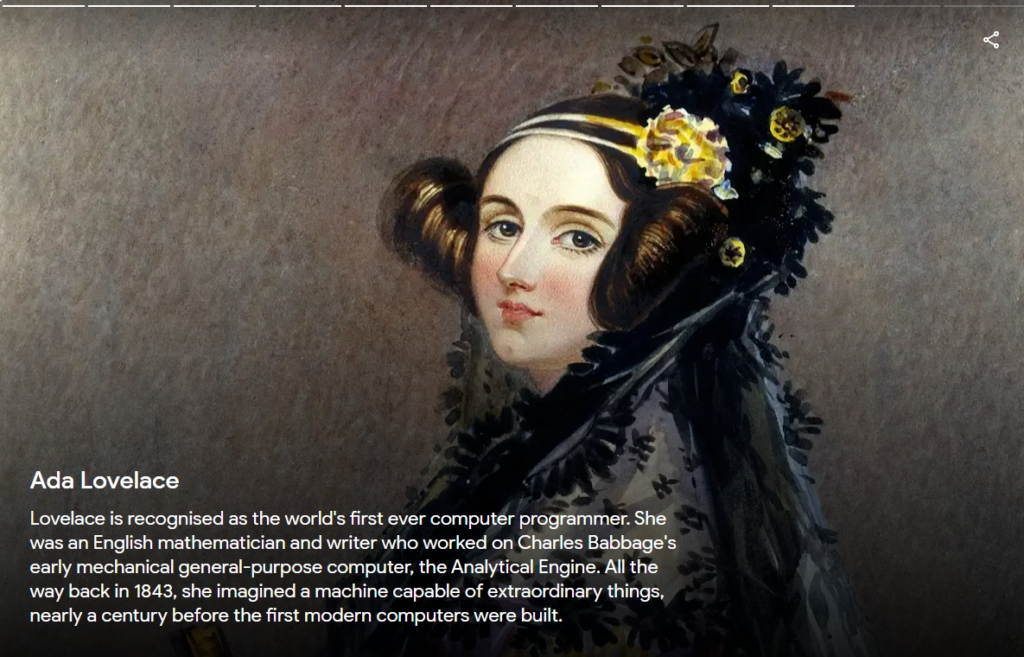The100: Personas, Netflix thumbnails and Kuchisabishii
Can you handle the truth?
At our event in May on avoiding lies in Market Research, I’ll be talking about how to get closer to the truth.
As a little amuse-bouche: There’s been a lot of conversation about survey design, with one polster using the word ‘illegal’ when asking voters about immigration. Most people support sanctioning things that are illegal after all ? And the question is basically asking “do you think people should be punished doing something we’ve told you is illegal”.
That and more tidbits on the 4th May. Hope to see you there.
Main Stream, USA
The ever sage Helen Edwards has been explaining how today’s marginal behaviours become mainstream. The opportunity comes when you get a couple “intense zealots” getting the behaviour going with crumbling resistance from the masses:
“During the research, resistance often started to soften when focus groups were presented with more information. The team identified three thematic motifs, the first being that a behaviour belonged to our ancestral past and wasn’t new. The second was around culture and diversity, showing a particular behaviour was the norm in other parts of the world. The last motif that changed perceptions was demonstrating a behaviour is of personal benefit.”
According to Edwards, next to hit the big bucks are insect protein, micro dosing, the quantified self and polyamory. Not all done all at the same time I hope.
Long gone wrong
Time to open the research archives and share a few cautionary tales. *Dons cotton gloves*
Walmart lost $1.85bn by listening to customers. Or was it by only asking customers? Ahh, the importance of both watching and listening, I remember that.
And how about PayPal who wasted $1m on personas? Though I actually think Matt is trying to reinvent the wheel a little here. Surely you still need a good segmentation based on what impacts buying behaviour? It’s 101. And you can still benefit from a good segment persona / portrait / profile / other p-related word that tells you who typifies each segment, what they think, want and their perceived barriers.
History Trailblazers
Absolutely loved Google’s Women Making History showcase, which they released on International Women’s Day last week. Loads of great content and brilliant to share with both my son and daughter.

Hit the nail on the thumb
Last year Trung Phan, author of my favourite newsletter, wrote a fascinating piece on how Netflix thumbnails work.
“Winning traits include: Expressive faces, Main characters, Brightness […] One last finding: Netflix discovered that thumbnails with more than 3 people vastly underperform.”
Have a look at your Netflix page. Once you see it, much like how a capital ‘A’ looks like the tip of a pencil, you can’t unsee it (sorry).
Next to reveal the man behind the curtain is Bill Neil, a film editor, who deconstructs iconic movie trailers.
It’s the little things
@mysteryspoons posted about a calendar invite they got from their boss titled “quick chat – good thing”, as opposed to the evening-ruining fear that follows an invite for a “quick chat” ?
And Dan Gould shared this great little hack:
“Use a version of this search (trends filetype:PDF) and substitute whatever subject (in this case “trends”) you are interested in (sometimes adding the word “report,” scroll down the list of links to reveal them, then use the down them all Chrome extension to download ALL of the PDFs. Then use Bearly.ai to summarize each report.”
And finally…
Merriam-Webster asked what words from other languages don’t have an English equivalent. One of my favourites has to be ‘Kuchisabishii’ which broadly translates to ‘lonely mouth’ and means when you’re not hungry, but you eat because your mouth is lonely or you’re bored. We’ve all been there.
In more semantic silliness, Tesco’s ‘every little helps’ is probably based on a 16th-century proverb, which adds a bit more context. Not sure that’s what Tesco are aiming for, but who knows…

Comments
Comments are disabled for this post